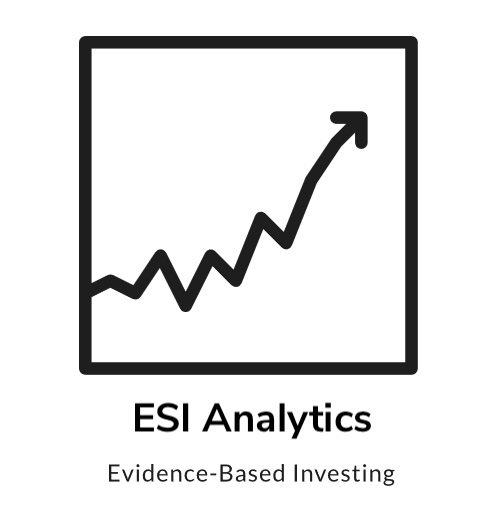The fields of finance and economics cannot set up laboratory experiments to test relationships like chemists and physicians can test the effectiveness of drugs. The global economy is too complex and involves numerous unknown variables. Instead, history replaces the laboratory setting in social science. We have witnessed all kinds of policy- and exogenous tweaks and shocks over the past centuries. Most often, their influence on economic figures and asset prices shows a unique and statistically significant relationship.
An objective understanding of the risk and return relationship is crucial for investment decisions. History is an excellent reference for the behavior of various asset classes. Nonetheless, there are specific conditions that the data has to fulfill. For example, it has to capture several secular cycles, which is in practice much more challenging than it sounds. Secular trends can unfold for many decades and formal record keeping is a rather modern artifact.
History gives an understanding of what can happen to an asset class during all kinds of economic conditions. It allows forming cycle-dependent probabilities. Moreover, we gain an understanding of which assets can be held long-term (buy-and-hold) and what magnitude of draw-downs might occur during large crises. Another step further reveals co-relationships between various asset classes, which is a very useful input variable for asset allocation decisions.
